DESCRIPTION OF THE INSTRUMENT
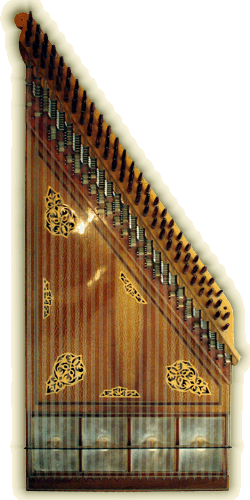
The lid: It is usually made of plane-tree or mahogany

Aspect of the latches (mandals) : The base on which the mandals are fit is made of ebony or rose tree. The mandals serve as bridges which can increase or decrease the length of the string and thus slightly alter the pitch of a particular course.
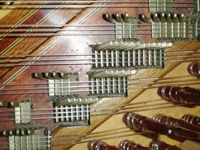
Mandals: The mandals serve as bridges which can increase or decrease the length of the string and thus bring slight sound alterations (microspaces, commas)
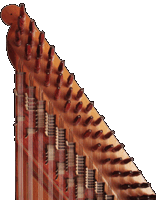
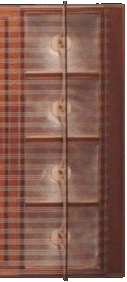
The bridge of the strings is poised on a skin membrane in four points ,thus conveying the pulse of the strings to the sound-box.
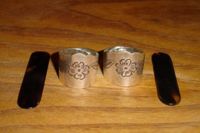
The rings and picks which are worn in the fingers of the musician so that he can pluck the strings.
![]()
Elaborate wooden embroideries make the instrument beautiful and give the instrument its uniqueness and constitute the characteristic of its maker.
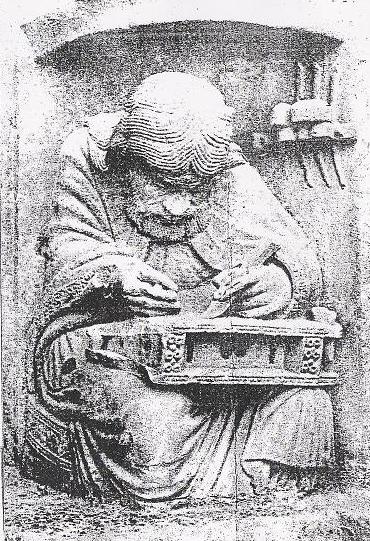
Pythagoras
by the professor of musicology in the department of Music Studies in the University of Salonica DIMITRIS THEMELIS
PUBLISHING HOUSE :UNIVERSITY STUDIO PRESS
Kon. Menelikou 15 - Thessalonica 54635
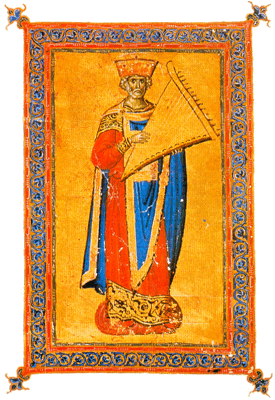
DAVID WITH A PSALTERY. From the psaltery of the Stavronikita monastery
(12th century)
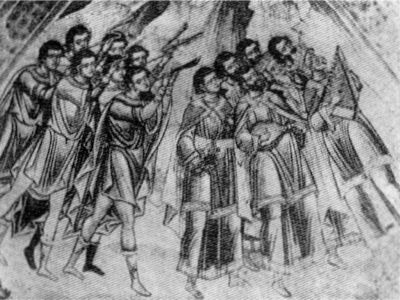
A Psaltery along with other instruments. Fresco from the Phaneromeni monastery in Salamina.
(begin of 18th century)
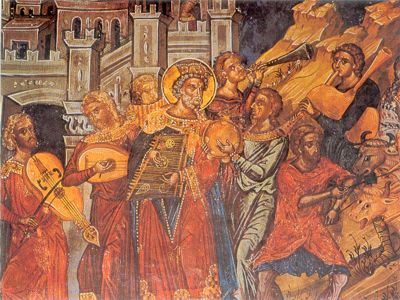
Psaltery with other instruments. Fresco from the Varlaam monastery in Meteora
(16th century)
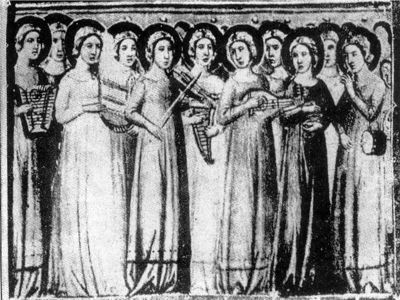
Two psalteries with other instruments. From the French Psaltery
(13th century)
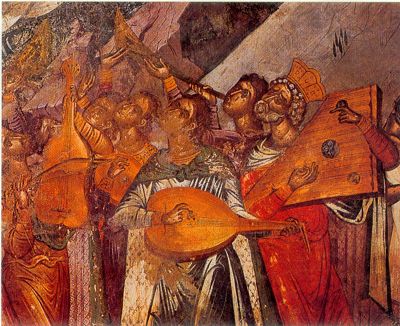
Psaltery. Philanthropinon monastery.Ioaninna
(16th century)
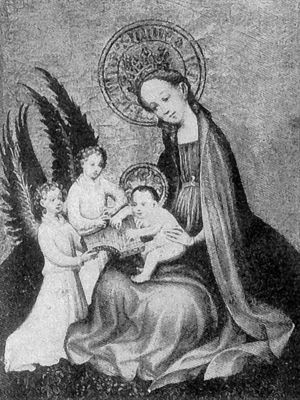
Wilhelm von Herle, Gardens of Eden
(14th century)

